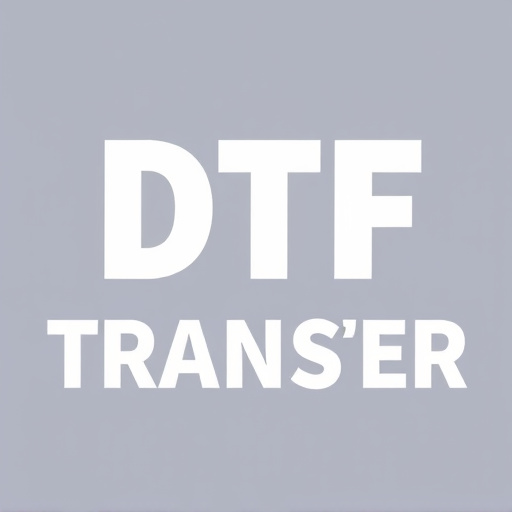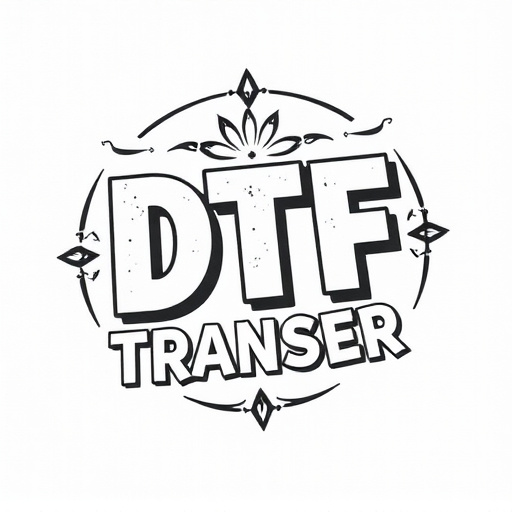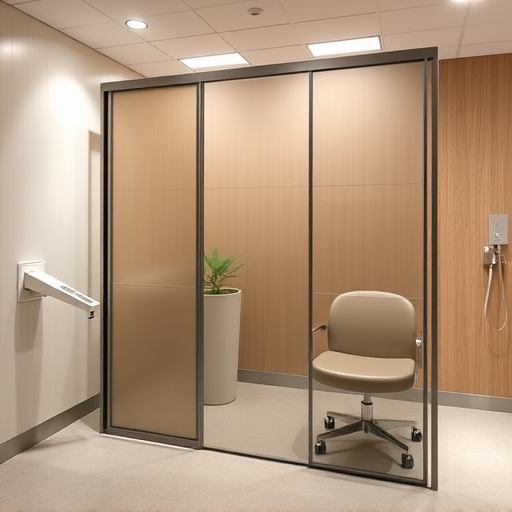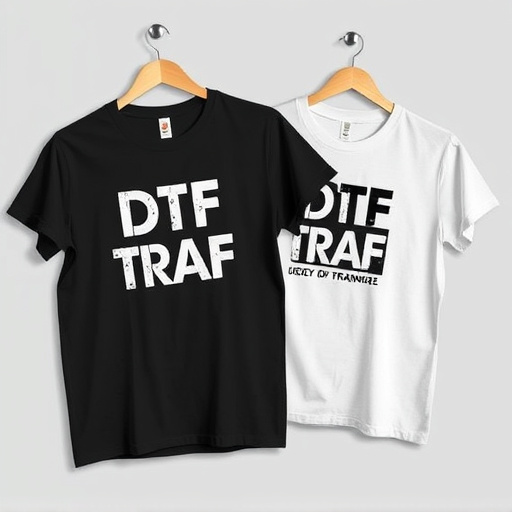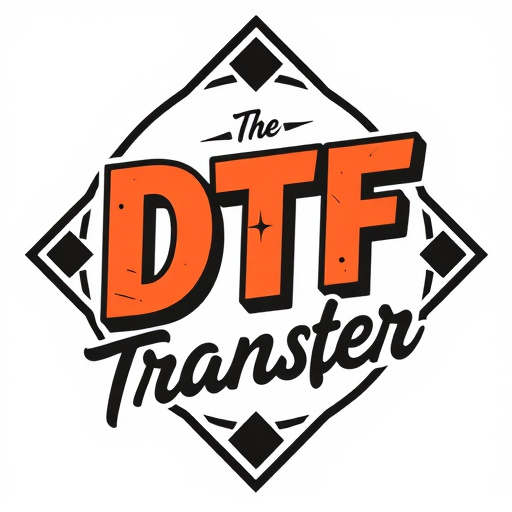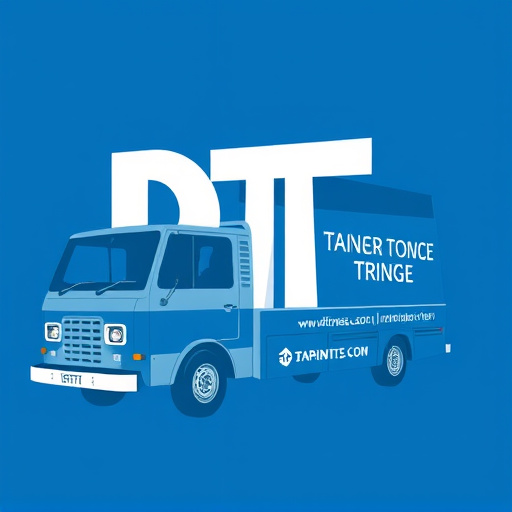Direct-to-film (DTF) transfer technology revolutionizes printing by enabling high-quality direct application of ink onto film stock, eliminating intermediate steps. This method streamlines production, reduces costs, and offers unparalleled creative control for filmmakers, animators, and special effects artists. DTF's growing popularity stems from its ability to produce complex designs with vibrant colors, durable finishes, and suitability for both short-term projects and archival purposes. Its applications span textiles, ceramics, and small-batch production, empowering businesses of all sizes to create unique, customized products at scale while adhering to evolving consumer demands for efficiency, sustainability, and visual impact.
“Direct-to-film transfer (DTF) technology is revolutionizing the film and media industry by enabling personalized content creation. This cutting-edge process allows for direct printing on various film formats, eliminating traditional intermediates. In this article, we explore the world of DTF transfer production, highlighting top businesses driving innovation. From understanding the technology to its benefits, case studies, and future trends, discover how DTF printing is shaping modern media, offering unique and customized solutions.”
- Understanding Direct-to-Film Transfer (DTF) Technology
- Top Businesses Innovating DTF Transfer Production
- The Benefits of DTF Printing for Customized Solutions
- Exploring DTF's Role in Modern Film and Media Production
- Case Studies: Successful DTF Projects and Their Impact
- Future Trends Shaping the DTF Industry
Understanding Direct-to-Film Transfer (DTF) Technology
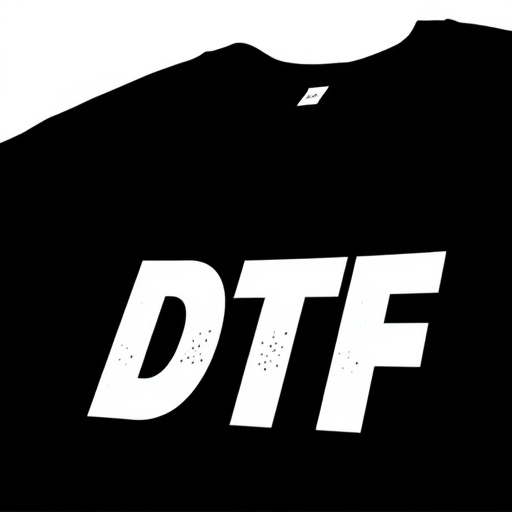
Direct-to-Film (DTF) Transfer technology is a cutting-edge process that enables high-quality printing directly onto film, revolutionizing the way businesses approach film production and editing. This innovative method eliminates traditional intermediate steps, such as printing on paper or vinyl, by applying ink directly to the desired surface, in this case, film stock. DTF offers remarkable precision and detail, making it an ideal choice for professional filmmakers, animators, and special effects artists.
The process involves specialized equipment that precisely deposits ink onto the film, ensuring sharp images and vibrant colors. This technology has gained significant traction due to its ability to streamline production, reduce costs, and enhance creative control. With DTF, businesses can achieve complex designs, intricate patterns, and even full-color prints directly on film, opening up new possibilities for visual storytelling and special effects in the film industry.
Top Businesses Innovating DTF Transfer Production
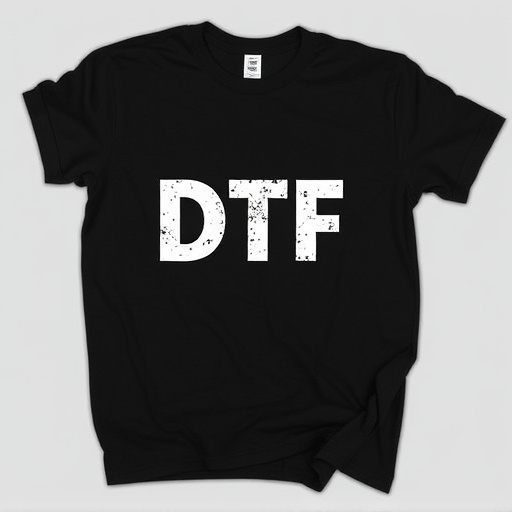
In the realm of direct-to-film (DTF) transfer production, several businesses have emerged as true innovators, revolutionizing the way DTF prints are created and utilized. These leading companies are pushing the boundaries of what’s possible in terms of quality, efficiency, and versatility. By combining cutting-edge technology with a deep understanding of material science, they’ve developed advanced DTF printing techniques that deliver superior results.
Top businesses specializing in DTF transfer production are not just meeting but exceeding industry standards. They offer a wide array of services, from custom DTF prints for various applications like signage and decorations to intricate designs for special effects in film and theater. Their innovations include improved ink formulations that provide vibrant colors and exceptional durability, as well as sophisticated machinery capable of handling complex shapes and textures. This has not only enhanced the overall aesthetics of DTF prints but also made them more durable and suitable for outdoor use, ensuring a longer lifespan and better value for clients’ investments.
The Benefits of DTF Printing for Customized Solutions

Direct-to-film (DTF) transfer production offers a myriad of benefits for businesses seeking customized solutions in the print and packaging industry. This innovative technique allows for direct printing onto various film materials, enabling the creation of unique, high-quality designs with precise detail. One of its key advantages is the ability to produce complex and intricate patterns without the need for costly die-cutting or engraving processes.
DTF Printing provides businesses with a versatile and efficient way to create custom packaging, labels, and overlays. It ensures faster production times, reduces waste, and offers exceptional accuracy in reproduction. This technology is particularly valuable for short-run or one-off projects, allowing companies to meet diverse client demands without breaking the bank. With DTF Transfer, businesses can effortlessly incorporate personalized elements, ensuring each product or package carries a unique brand identity.
Exploring DTF's Role in Modern Film and Media Production
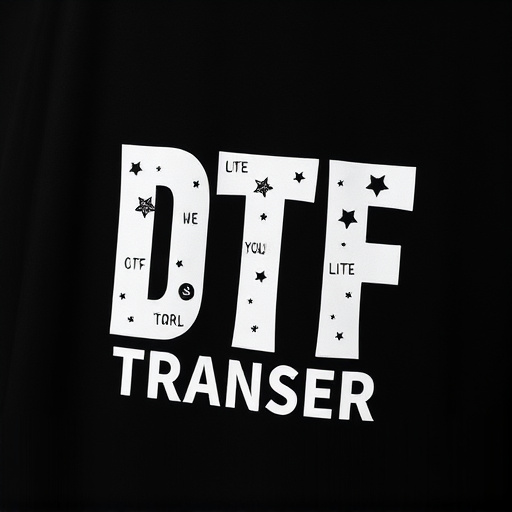
Direct-to-film (DTF) transfer production has emerged as a game-changer in modern film and media creation, offering an innovative approach to bringing visual concepts to life. This cutting-edge process involves transferring digital images directly onto various substrates, including film stock, creating high-quality prints that capture intricate details and vibrant colors. DTF Printing has revolutionized the way filmmakers and artists work, providing them with a cost-effective and efficient alternative to traditional printing methods.
With the advancements in technology, DTF Transfer has become an integral part of the industry’s evolution. It allows for rapid prototyping, enabling filmmakers to quickly test different visual ideas and make adjustments before committing to final production. This agility is particularly valuable in today’s fast-paced media landscape, where quick turnaround times are often crucial. DTF prints are known for their exceptional clarity and durability, making them suitable for both short-term projects and archival purposes, thus ensuring a lasting impact on the big screen and beyond.
Case Studies: Successful DTF Projects and Their Impact
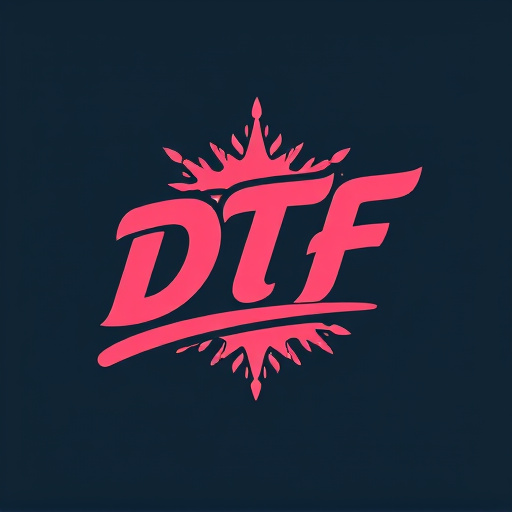
Direct-to-film (DTF) transfer production has revolutionized various industries by enabling high-quality printing on a wide range of materials, from textiles to ceramics. Case studies of successful DTF projects highlight its versatility and impact. For instance, leading apparel brands have leveraged DTF printing to create intricate, custom designs on clothing, enhancing their product offerings with unique, on-demand customization. This not only boosts customer satisfaction but also reduces inventory costs by eliminating the need for large-scale production runs.
In other sectors, DTF technology has been instrumental in small businesses and startups. Crafters and small-batch producers can now easily print personalized items like mugs, phone cases, and home decor pieces, allowing them to compete with larger corporations. The impact is clear: DTF Transfer offers a cost-effective, efficient solution for creating high-quality, customized products at scale, fostering innovation and driving growth across diverse markets.
Future Trends Shaping the DTF Industry

The direct-to-film (DTF) transfer production industry is constantly evolving, driven by technological advancements and shifting consumer demands. One prominent trend shaping the future of DTF is the integration of advanced printing technologies, such as UV printing and laser engraving, which enable higher resolution and precision in DTF prints. This not only enhances the visual quality of final products but also opens up new possibilities for customization and personalization.
Another significant trend is the increasing demand for eco-friendly DTF transfer materials and processes. As environmental consciousness grows, businesses are exploring sustainable alternatives to traditional vinyl and other petroleum-based products. Innovations in water-based inks, biodegradable films, and recycled materials are expected to gain traction, aligning with consumer preferences for greener options. Additionally, digital transformation is accelerating within the industry, with more companies adopting automation and AI-driven systems to streamline production processes, reduce waste, and improve efficiency.


